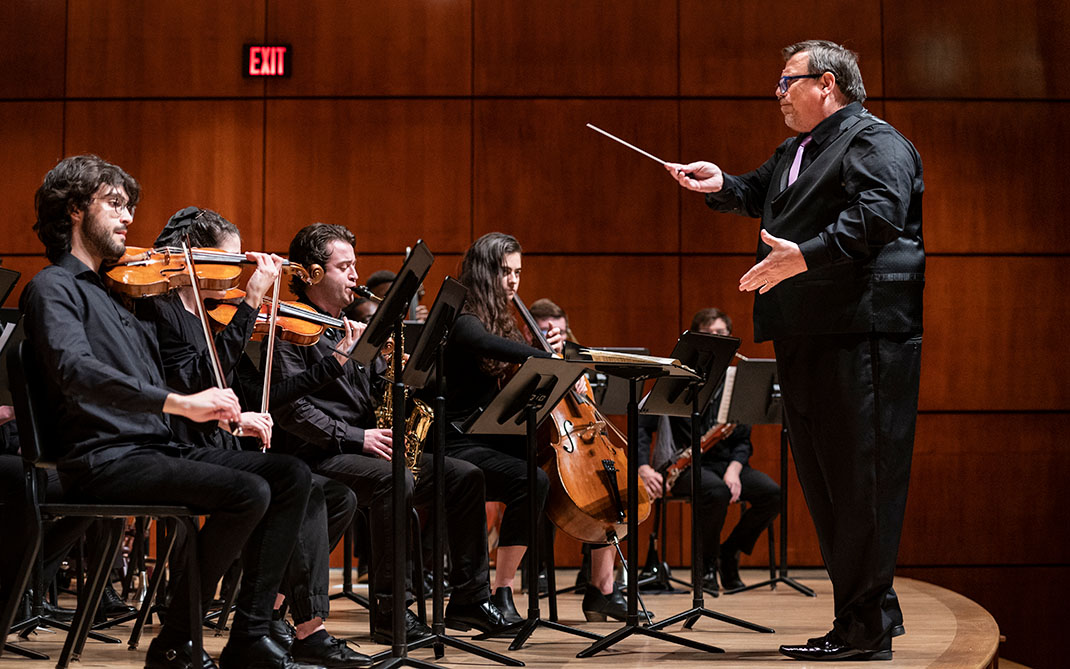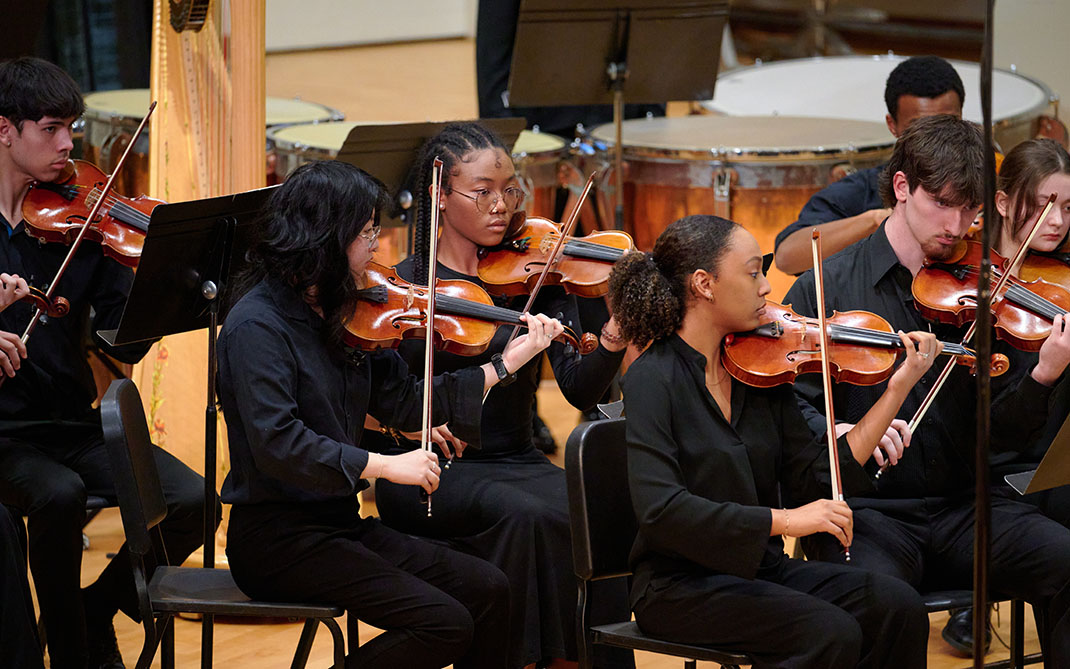Substantive Change Regulation 124
| Regulation 124 | Approved: January 11, 2016 |
| UNIVERSITY OF NORTH CAROLINA SCHOOL OF THE ARTS Substantive Change Regulation Regulation 124 |
|
| Source of Authority: | N.C.G.S. § 116-34(a); UNC Code § 502(A) |
| Revision Authority: | Chancellor |
| History: | First Issued: January 11, 2016 |
| Related Policies: |
UNC Policy 400.1 – Policy on Academic Program Planning |
| Responsible Offices: | Chancellor Accreditation Liaison |
| Effective Date: | February 17, 2011 |
I. Purpose
The Southern Association of Colleges and Schools Commission on Colleges (SACSCOC) requires notification to the Commission in a timely fashion and, when required, approval prior to the implementation of a substantive change. Regional accrediting bodies are tasked with ensuring institutional compliance with federal requirements of the U. S. Department of Education as outlined in 34 C.F.R. 602.22. The SACSCOC policy statement, “Substantive Change for Accredited Institutions of the Commission on Colleges,” outlines institutional responsibilities related to the reporting of substantive change. Failure to report planned substantive changes prior to implementation of the propose program can result in loss of accreditation.
II. Scope
This regulation governs the process for any activity that is considered Substantive Change. SACSCOC policy shall control what constitutes a substantial change. Any changes must also adhere to the Code and Policy Manual of The University of North Carolina.
III. Definitions
Substantive change is a significant modification or expansion of the nature and scope of the University. Examples of substantive changes at the University of North Carolina School of the Arts may include:
a. Any change in the established mission or objectives of the institution
b. Any change in legal status, form of control, or ownership of the institution
c. The addition of courses or programs that represent a significant departure, either in content or method of delivery, from those that were offered when the institution was last evaluated
d. The addition of courses or programs of study at a degree or credential level different from that which is included in the institution’s current accreditation or reaffirmation
e. A substantial increase in the number of clock or credit hours awarded for successful completion of a program
f. The establishment of an additional location geographically apart from the main campus at which the institution offers at least 50% of an educational program
g. The establishment of a branch campus
h. Closing a program, off-campus site, branch campus or institution
i. Entering into a collaborative academic arrangement that includes only the initiation of a dual or joint academic program with another institution
j. Acquiring another institution or a program or location of another institution
k. Adding a permanent location at a site where the institution is conducting a teach-out program for a closed institution
l. Entering into a contract by which an entity not eligible for Title IV funding offers 25% or more of one or more of the accredited institution’s programs
IV. Regulation
a. The UNCSA Chancellor has ultimate responsibility for ensuring compliance and for reporting Substantive Change to SACSCOC
b. The UNCSA Accreditation Liaison is responsible for assisting the University in complying with the Substantive Change for Accredited Institutions of the Commission on Colleges – Policy Statement
c. The following positions are responsible for reporting any potential Substantive Change Actions to the UNCSA Chancellor and Accreditation Liaison during Cabinet meetings:
i. The Provost is responsible for ensuring compliance with regards to curricular matters. This includes items c – l in the definitions section above
ii. The General Counsel is responsible for ensuring compliance with regards to legal matters. This includes items a – b in the definitions section above
VI. Revision History
January 11, 2016 – Adopted by Chancellor as part of UNCSA Policy Manual





